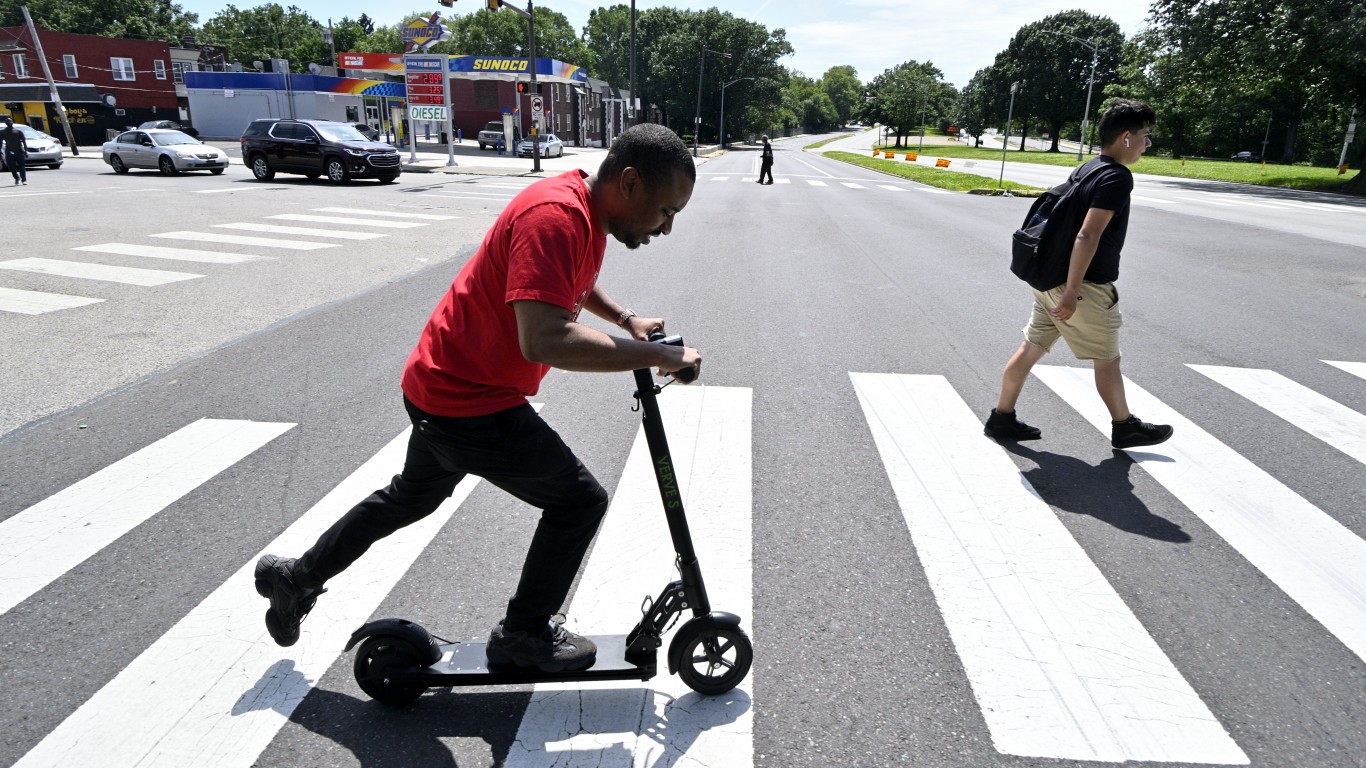 Owners of bricks-and-mortar bookstores, from Barnes & Noble (NYSE: BKS) to independent shops on many city corners, have hoped that the American love of physical books eventually would stem the move of readers to e-books. The hopes for that were further dashed by a new study from the Pew Internet and American Life Project. People with e-readers are more voracious consumers of books by far than people who own books made of paper.
Owners of bricks-and-mortar bookstores, from Barnes & Noble (NYSE: BKS) to independent shops on many city corners, have hoped that the American love of physical books eventually would stem the move of readers to e-books. The hopes for that were further dashed by a new study from the Pew Internet and American Life Project. People with e-readers are more voracious consumers of books by far than people who own books made of paper.
Pew reports that:
Device owners read more often. On any given day 56% of those who own e-book reading devices are reading a book, compared with 45% of the general book-reading public who are reading a book on a typical day. Some 63% of the e-book device owners who are reading on any given day are reading a printed book; 42% are reading an e-book; and 4% are listening to an audio book. Device owners are more likely to buy books. Some 61% of e-reading device owners said they purchased the most recent book they read, compared with 48% of all readers. Another 15% said they had borrowed their most recent book from a friend or family member (vs. 24% of all readers), and 10% said they borrowed it from a library (vs. 14% of all readers).
A reasonable conclusion to draw is that being in the e-book business is better than being in the sale of books to the “general book-reading public.” The financial reality of the book business is that e-books usually have better margins than books that are printed. Paper and shipment costs undercut gross margins.
The Pew study also showed that:
In mid-December 2011, 17% of American adults had reported they read an e-book in the previous year; by February, 2012, the share increased to 21%.
That is an amazing level of growth in just two months. Should it continue, e-book readership will become the dominant form of total readership soon.
Bookstores still believe that they will not go the way of the American newspaper. They think that because books are long-form content and newspapers are short-form that the contrast makes a difference. Perhaps it is because newspapers are disposable and most books are not. It looks like that assumption is untrue.
Douglas A. McIntyre
Are You Still Paying With a Debit Card?
The average American spends $17,274 on debit cards a year, and it’s a HUGE mistake. First, debit cards don’t have the same fraud protections as credit cards. Once your money is gone, it’s gone. But more importantly you can actually get something back from this spending every time you swipe.
Issuers are handing out wild bonuses right now. With some you can earn up to 5% back on every purchase. That’s like getting a 5% discount on everything you buy!
Our top pick is kind of hard to imagine. Not only does it pay up to 5% back, it also includes a $200 cash back reward in the first six months, a 0% intro APR, and…. $0 annual fee. It’s quite literally free money for any one that uses a card regularly. Click here to learn more!
Flywheel Publishing has partnered with CardRatings to provide coverage of credit card products. Flywheel Publishing and CardRatings may receive a commission from card issuers.
Thank you for reading! Have some feedback for us?
Contact the 24/7 Wall St. editorial team.




